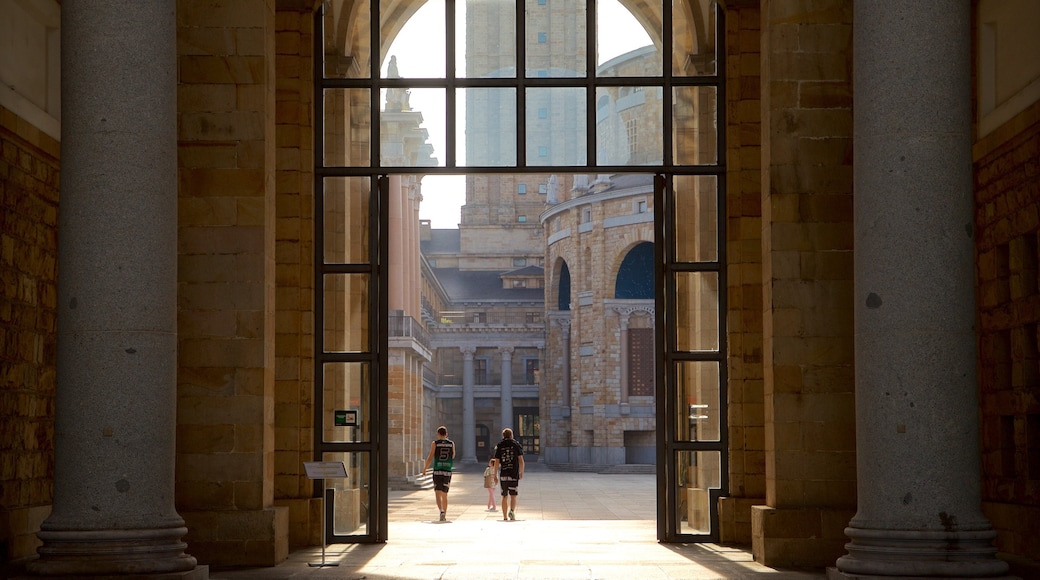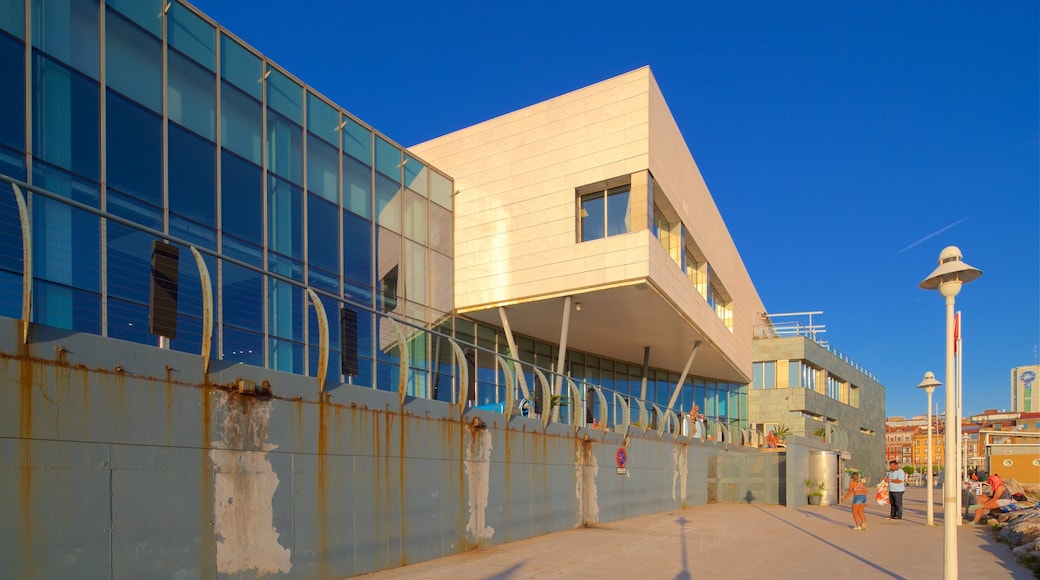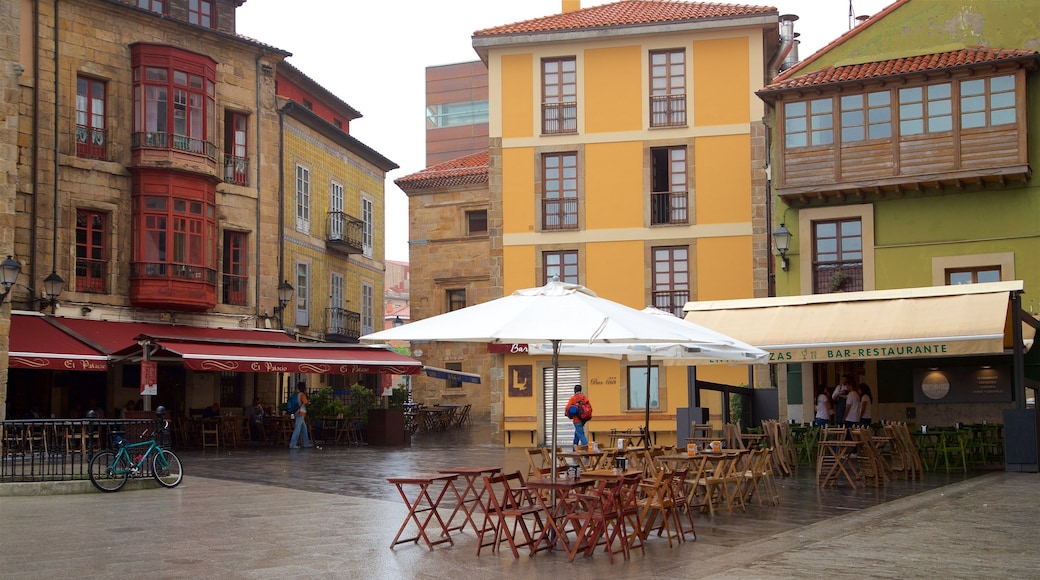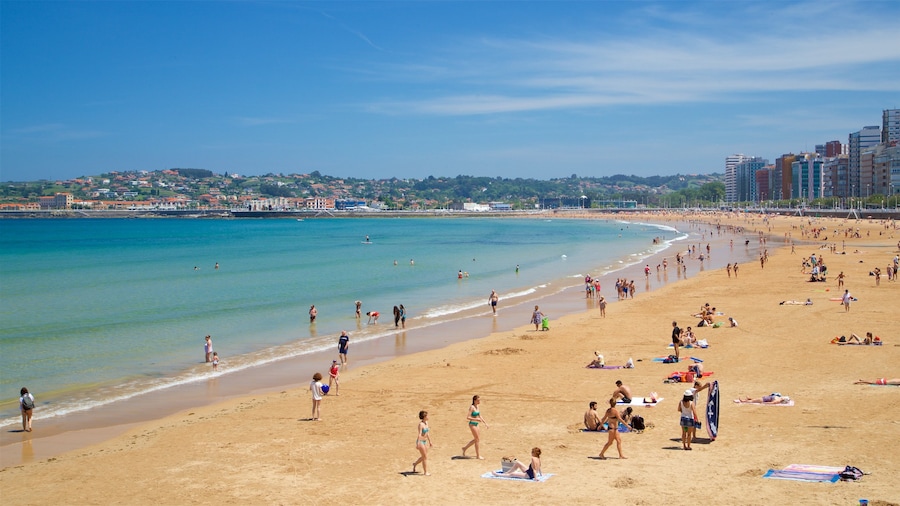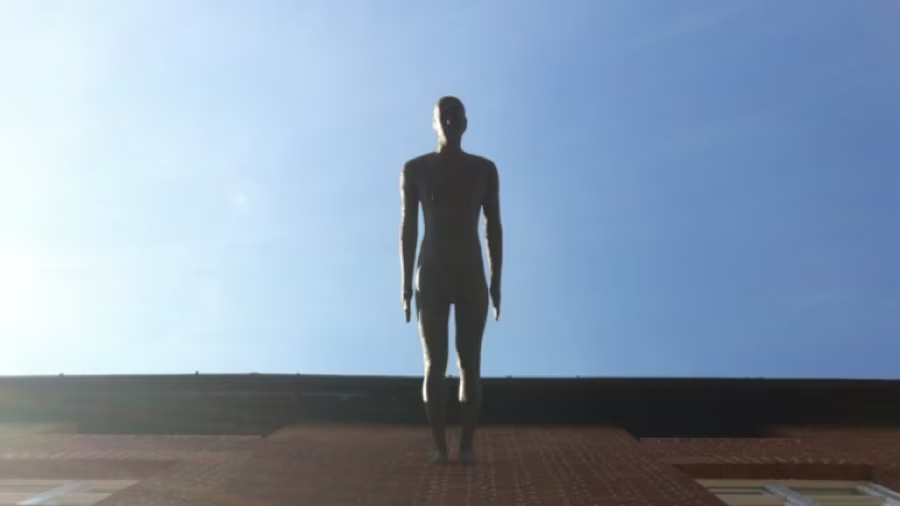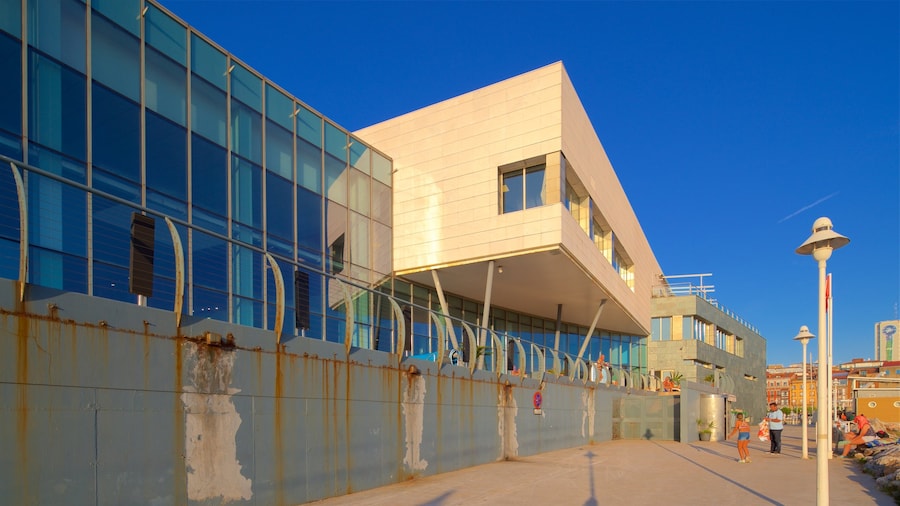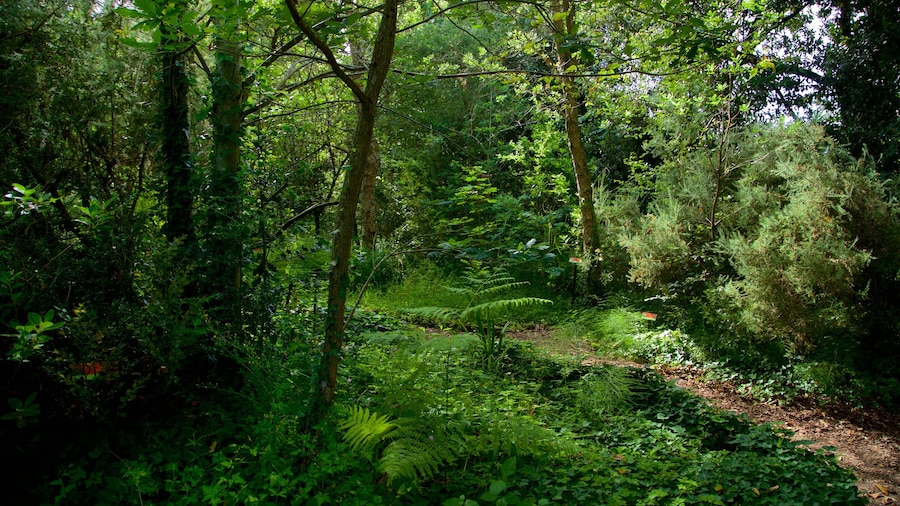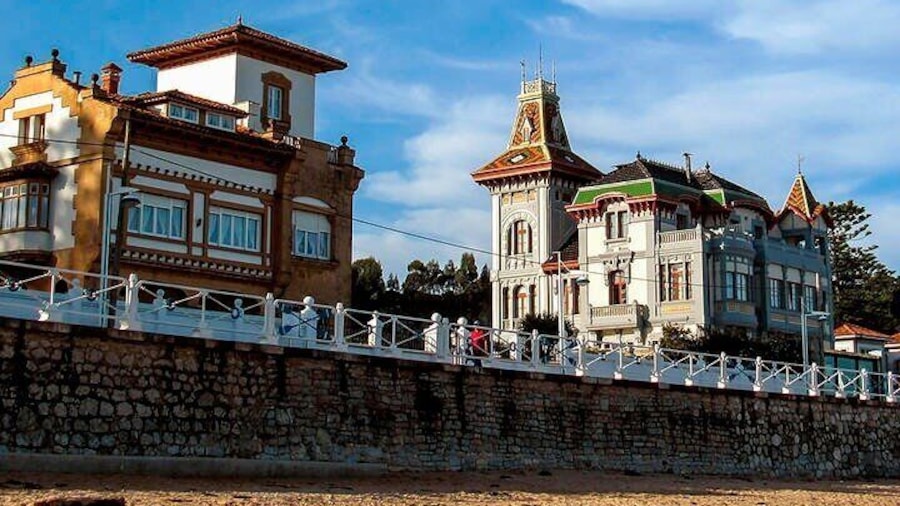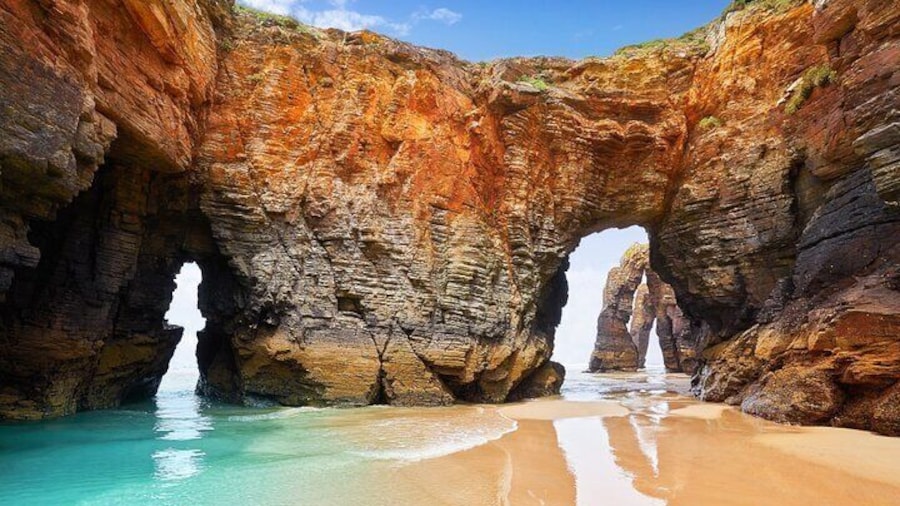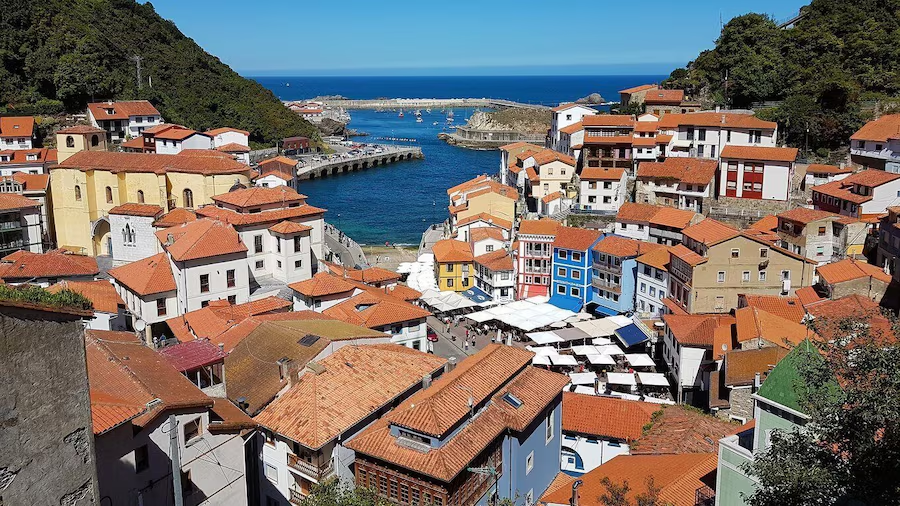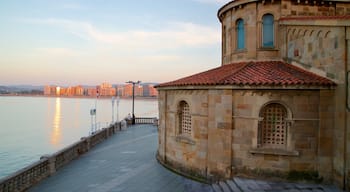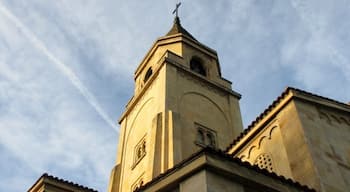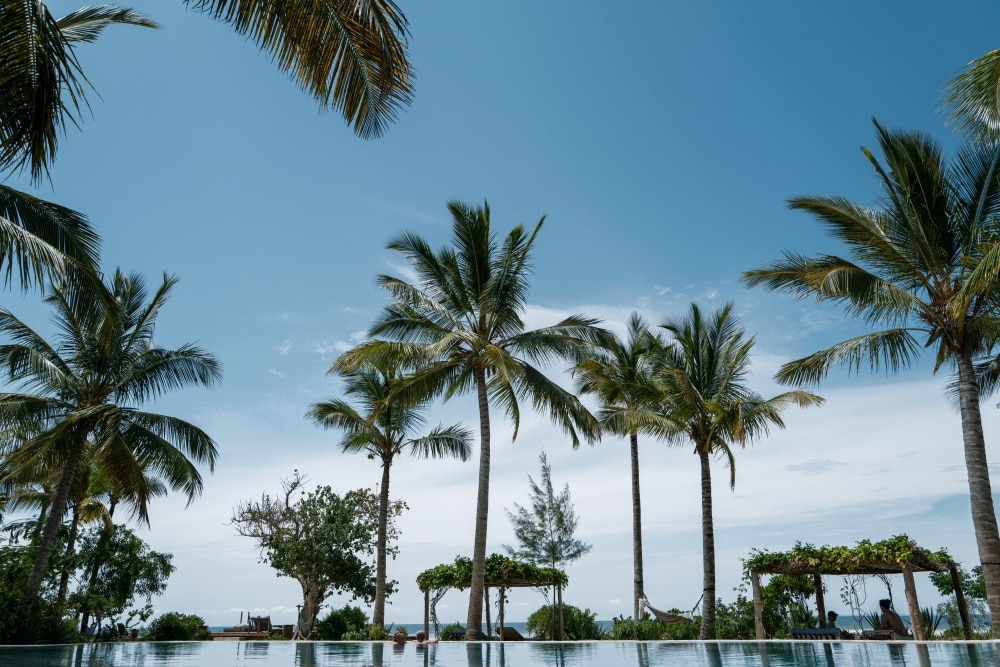Discover an array of fascinating ruins from the Roman era and sunbathe on the beaches of this central neighbourhood of Gijón.
Comprising the core neighbourhoods of Centro, Cimadevilla and Laviada, the Distrito Centro lies at the heart of Gijón. It contains the main landmarks and cultural highlights of the largest city in the Asturias province. Piece together the fascinating Roman and modern history of Gijón through the museums and monuments dotted around this central area.
Note that much of the city and its culture has been defined by Gaspar Melchor de Jovellanos, an important figure in the Spanish Age of Enlightenment of the 18th century. See his collection of art and take the audio guide for additional context in the majestic Jovellanos Birthplace Museum in the Cimadevilla old town area on the Santa Catalina Headland. Relax at a café in the Plaza de Jovellanos and see the historic figure’s tomb in the adjacent Capilla de Nuestra Señora de los Remedios (Chapel of Our Lady of Remedies).
Seek out the subterranean Campo Valdés Roman Baths, well-preserved ruins where Romans bathed and socialized as far back as 2,000 years ago. It stands beside the glorious Church of San Pedro. At the northern end of the promontory lies the undulating Cerro de Santa Catalina Park where you will find the Elogio del Horizonte monument that overlooks the sea.
Make your way down to Poniente Beach and lay down a blanket for a picnic on the sand. Here you’ll find the beachside Talasoponiente, offering fun for the whole family with its range of pools and spa treatments.
The Distrito Centro runs from the Gijón neighbourhood of Laviada up through Centro, before reaching the Cimadevilla area. Gijón is located on the Santa Catalina promontory that juts out into the Bay of Biscay. Arrive at Asturias Airport and drive east for about 25 miles (40 kilometres) to get to Gijón in less than 40 minutes. Get around the city’s central areas by bus, car or on foot.
